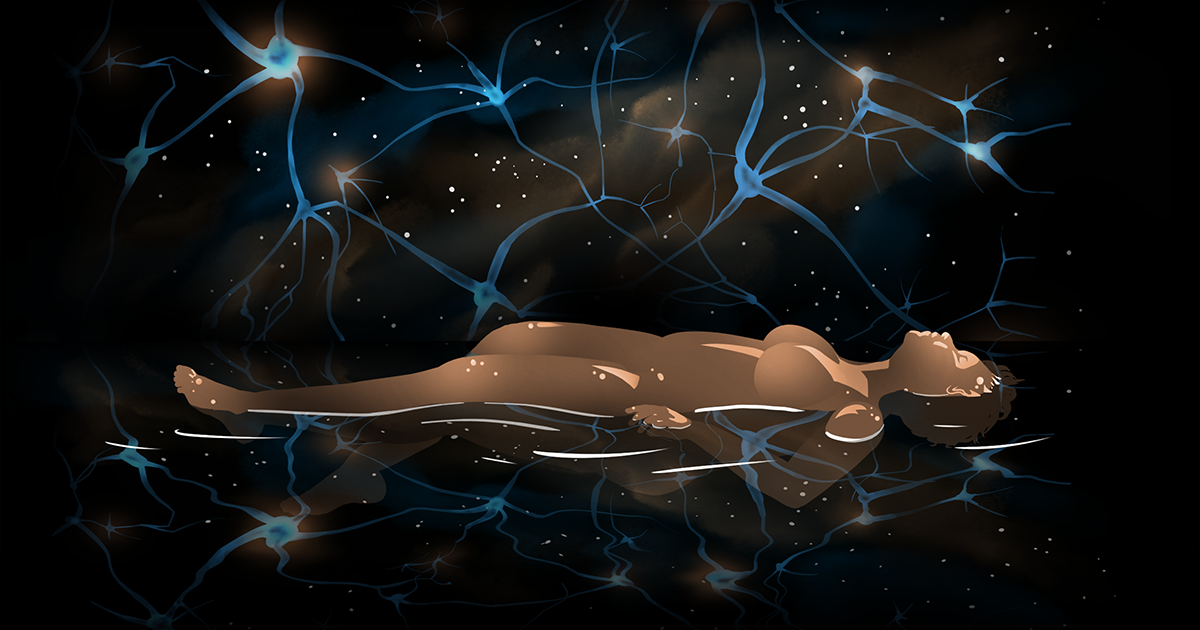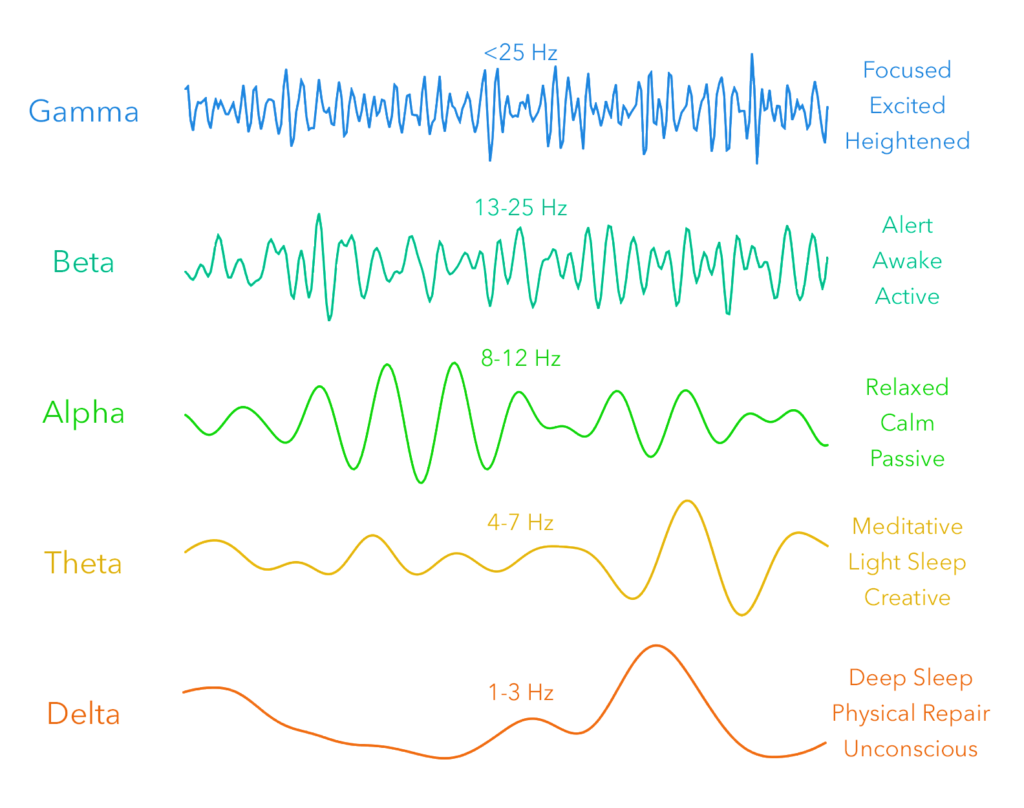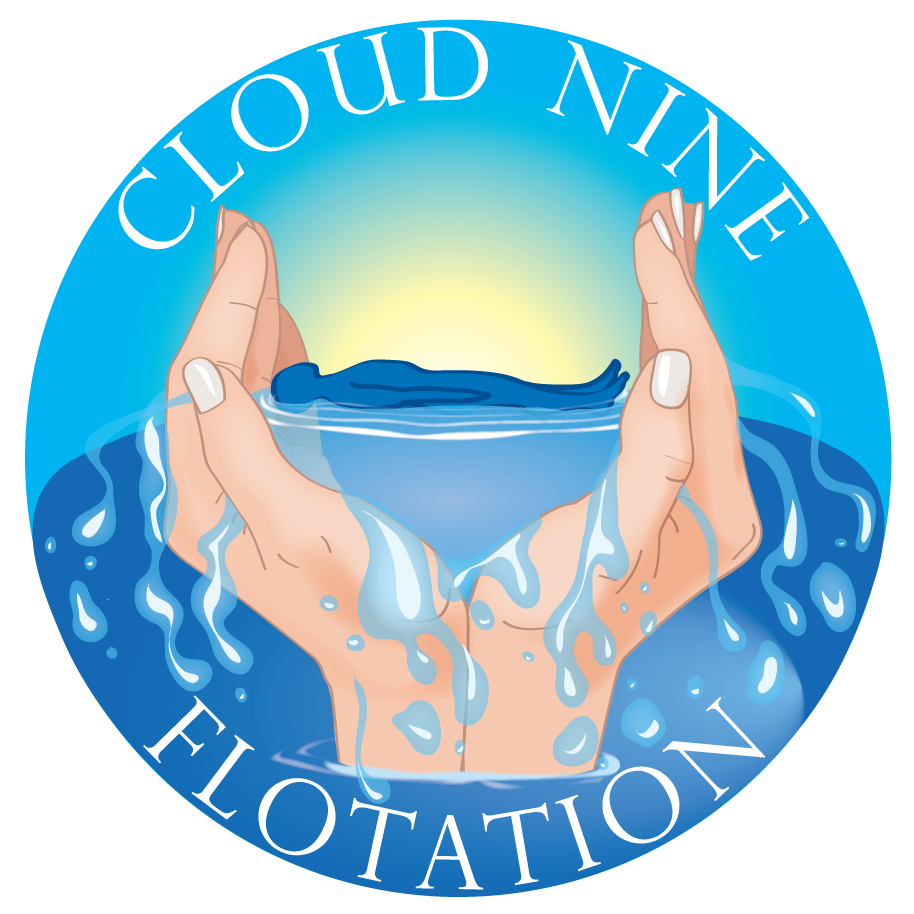
If humanity defines itself by anything, it is by our capacities to think critically and to adapt through our creative abilities. Although the critical thinking part gets a lot of attention, creativity is at the core of our being and is one of the main driving forces of productivity.
Unfortunately, society values this productive output so much that it’s often willing to sacrifice our health and sanity in the short term to get there. This can cause a perverse cycle where our health suffers, so our creative force takes a serious dip, and our productivity is brought along as an unwilling and unwitting passenger. The intimate relationship between self-care, creativity, and productivity is both fascinating and often frustratingly elusive to balance in our lives.
Sometimes we “just get it” and everything seems to flow effortlessly from our intentions, through our actions, into being. However, when our creative fuel is running low our outlook can suddenly change, and lots of the creative tasks that would normally come easily to us end up being difficult to manage. This can manifest itself in things like writer’s block, listlessness, or even chronically cleaning the same spot in your kitchen over and over again in the hopes that you’ll somehow metaphorically wipe away your current mental obstacles.
(co)Producing the flow state

Let’s talk brainwaves. Our brains create very small but measurable electrical activity that scientists measure in Hertz (Hz), which is defined as one cycle per second. These frequencies have shown themselves to be a reliable indicator to our state of consciousness. In our most common waking state, we produce Beta brainwaves, associated with data processing and active consciousness. In our main sleeping state we produce Delta brainwaves, associated with deep, dreamless sleep.
As we settle down into a resting state, we slowly melt down through the different states from active Beta, through states known as Alpha and Theta, and eventually on to the slow Delta brainwaves. The Theta state (4Hz-7Hz) is where, creatively, a lot of the really interesting stuff happens, but we aren’t able to get there while our attention is alert and consciously focused.
Usually our brains are producing one dominant frequency, which generally determines our experience at that present time. However, our brains are complex enough that we rarely (if ever) have just a single type of brainwave at a time. Even the distinction between precise brainwave frequencies is blurry, and there are lots of in-between states and combinations that signify various mental states.
One of the most interesting relationships is where the Alpha and Theta states intersect (around 8Hz). This level of activity is associated with the flow state (named and studied by Dr. Mihaly Csikszentmihalyi) where creative ideas meet effortless implementation. When we relax enough, it becomes much easier to access this state, where we’re more easily able to gain access to novel insights through the subconscious mind. Our fascination with this realm of thought is not new, and one of the forefathers of modern psychology Carl Jung spent most of his career being highly interested in breaking down the dreamy symbolism that is created in these states, and the rich history of those symbols throughout various cultures across the world.
This is also where your brain spends a lot of time in the float tanks. That between-waking-and-sleeping, half-dreamy state that we get briefly every night as we fall asleep is prolonged in the float tank, and loosely associated thoughts come together, often feeling sublime and inspirational. Symbolically meaningful images and thoughts float to the surface, mirroring our own bodies in the dark quietude of the float tank.
For more in-depth information on the history of brainwave frequencies, including modern research showing how they’re affected by floating, be sure to check out our blog post on the Theta State.
Making dreams a reality
There is a saying that if you don’t have time to meditate for an hour, you should probably meditate for two. We have a culture that encourages not only hard work and productivity, but also near-constant activity and distraction. This is not a recipe for mental well-being, and the productive work that is required of us is made that much harder when we’re stressed out and exhausted. Ultimately, this results in less creative, less efficient, and less enjoyable work time, and the effects can quickly spread into our personal time as well.
Spending time by yourself, in a relaxed mental state and free from distractions, is one of the most consistent ways to bring the puzzle pieces of self-care, labor, and creativity together. Any regular floater has definitely had the experience of receiving answers, solutions, and ideas for difficult problems we’re facing while laying still in the saltwater – often without trying.
Almost paradoxically, it’s precisely this “not trying” part that is so important for creative breakthroughs. It’s also the part that our logical mind has the most difficulty trying to understand and internalize – how do we get things done by not doing anything? This loop converges in the act of resting: freeing up our mental processing load, bringing our brainwaves into a slower, regenerative state, and allowing our bodies and minds to go from actively interacting to processing and recovering.
Check out our blog post on floating for creativity for more information and links to studies on using floatation therapy to study everything from problem solving to improvisational jazz.
From outlook to insight
Although we might think of it as something passive, we can actually get better at hovering in and maintaining that in-between state of consciousness, whether you call it Theta, flow, or something even more simple like day-dreaming. When we’re floating, we can actively cultivate the theta state, essentially hacking into our own creative mind through ‘non-doing.’
Although some people go into a float with a clear intention of what they’d like to work on, others simply allow themselves to be surprised when the answer to a problem (that might not have even been front of mind) emerges from the subconscious. Somehow, allowing our bodies to get completely comfortable and melt away gives our minds the space they need to ruminate on our ideas, casually processing them and often leading (almost magically) to these spontaneous “Aha!” moments.
The tank is an amazing tool, which gives us easier access to these parts of ourselves that we so rarely give ourselves the space or time to achieve in our daily lives. Regularly allowing for these moments of time where we have no obligations, not even to fight gravity, can be truly life changing. To achieve better insight, it actually helps to focus your attention away from the outside world, literally spending more time looking inwards.
If you’re overworked, and underwhelmed with the progress on your goals, self-care in general (and floating specifically) could be the key to breaking out of the destructive cycle of modern life. Creativity and human insight will always be of the utmost importance to making progress in life, and we should all give ourselves the down-time that we need to let them thrive.



